Regulatory Compliance and Standards
The Automotive Sun Visor Market is significantly impacted by evolving regulatory compliance and safety standards. Governments worldwide are implementing stricter regulations regarding vehicle safety, which includes the performance of sun visors. Compliance with these regulations is essential for manufacturers to ensure market access and consumer trust. For example, regulations may dictate the minimum standards for UV protection and glare reduction, compelling manufacturers to innovate and improve their products. As a result, the market is likely to see a surge in research and development efforts aimed at meeting these standards, which could lead to a more competitive landscape in the Automotive Sun Visor Market.
Technological Advancements in Materials
The Automotive Sun Visor Market is witnessing a shift towards the use of advanced materials that enhance the functionality and durability of sun visors. Innovations in materials science have led to the development of lightweight, yet robust composites that offer better UV protection and thermal insulation. For instance, the introduction of polycarbonate and advanced polymers has improved the performance of sun visors, making them more resistant to wear and tear. Market data suggests that the adoption of these materials could increase by 15% over the next five years, as manufacturers seek to improve product longevity and consumer satisfaction. This trend not only enhances the aesthetic appeal of vehicles but also aligns with the growing demand for sustainable automotive solutions.
Rising Demand for Vehicle Safety Features
The Automotive Sun Visor Market is experiencing a notable increase in demand for enhanced vehicle safety features. As consumers become more safety-conscious, manufacturers are integrating advanced sun visors that not only block sunlight but also reduce glare and improve visibility. This trend is supported by data indicating that approximately 30% of accidents are attributed to visibility issues caused by sunlight. Consequently, automakers are prioritizing the development of innovative sun visor solutions that align with safety regulations and consumer expectations. The incorporation of features such as anti-glare coatings and adjustable visors is likely to drive growth in the Automotive Sun Visor Market, as these enhancements contribute to overall vehicle safety and driver comfort.
Growth of Electric and Autonomous Vehicles
The Automotive Sun Visor Market is poised for growth due to the rise of electric and autonomous vehicles. As these vehicles become more prevalent, there is a corresponding need for advanced sun visor solutions that cater to new design paradigms and user experiences. Electric vehicles often feature larger windows and panoramic roofs, which necessitate more effective sun protection solutions. Additionally, autonomous vehicles may require innovative sun visor technologies that enhance passenger comfort and safety. Market projections indicate that the integration of sun visors in electric and autonomous vehicles could increase by 25% over the next decade, reflecting the industry's adaptation to changing automotive trends.
Increased Focus on Aesthetic Customization
The Automotive Sun Visor Market is increasingly influenced by consumer preferences for aesthetic customization. As vehicle owners seek to personalize their cars, manufacturers are responding by offering a variety of designs, colors, and finishes for sun visors. This trend is particularly pronounced among younger consumers, who prioritize unique styling and personalization options. Market analysis indicates that the customization segment is expected to grow by approximately 20% in the coming years, driven by the desire for individuality in vehicle design. This shift towards aesthetic appeal not only enhances the overall driving experience but also positions sun visors as a key component in the broader context of automotive interior design.
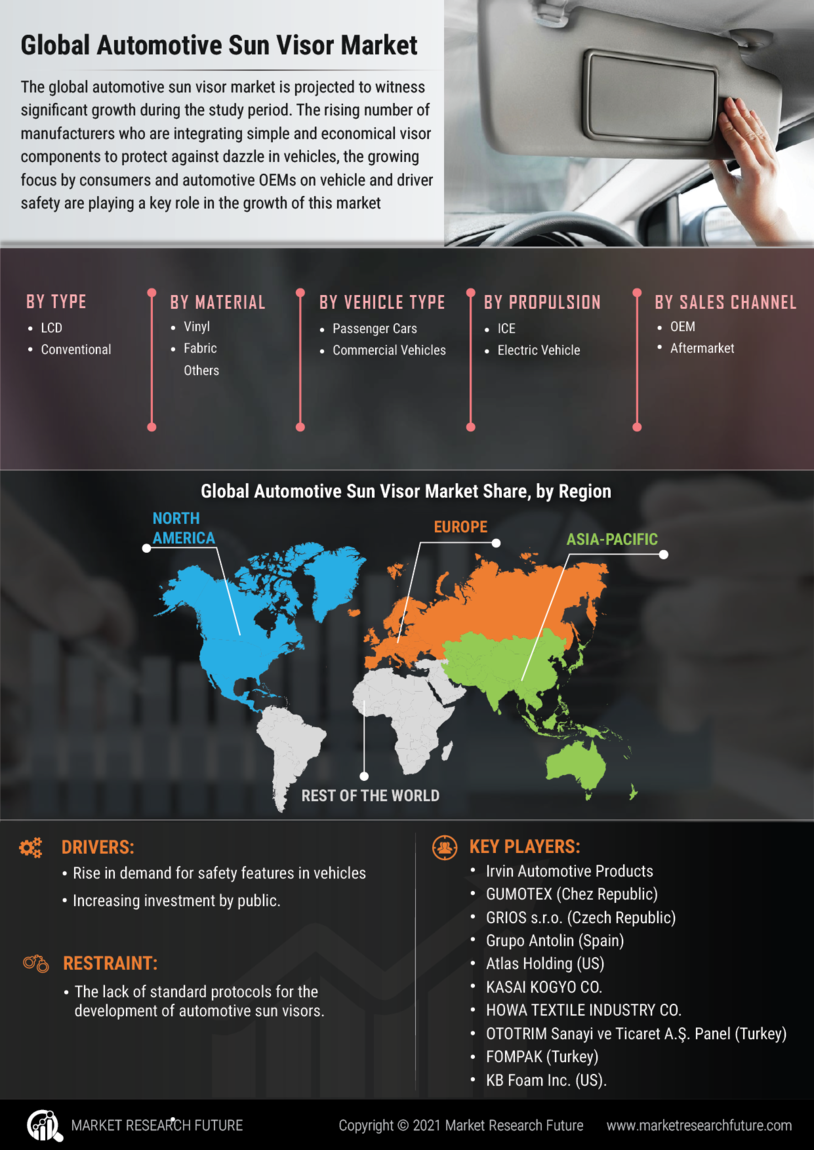

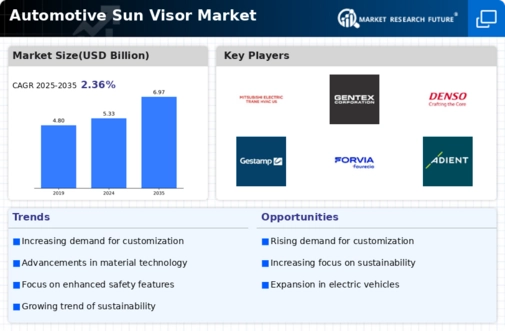


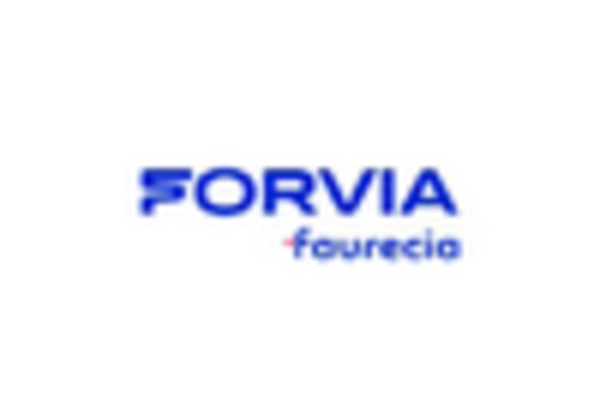
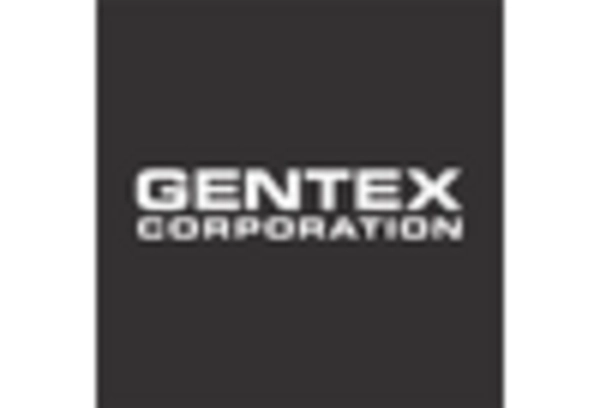
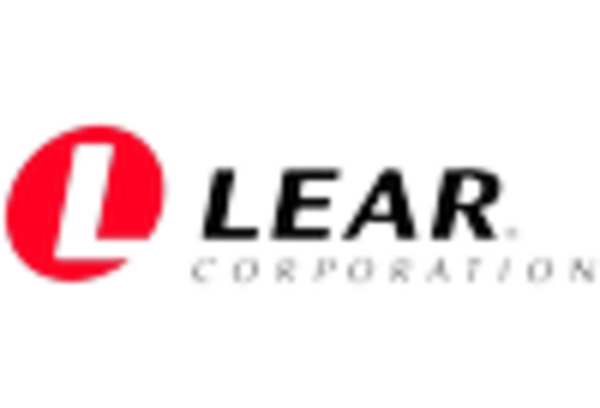
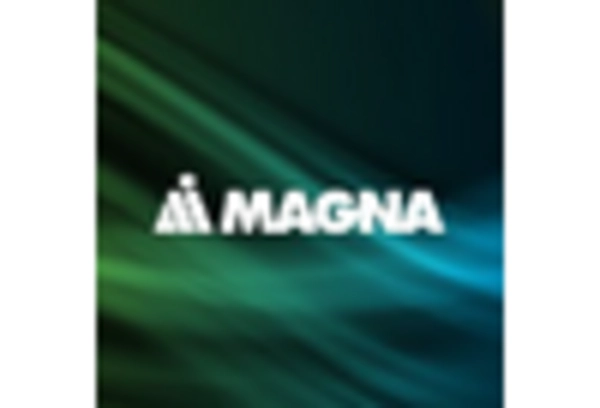









Leave a Comment